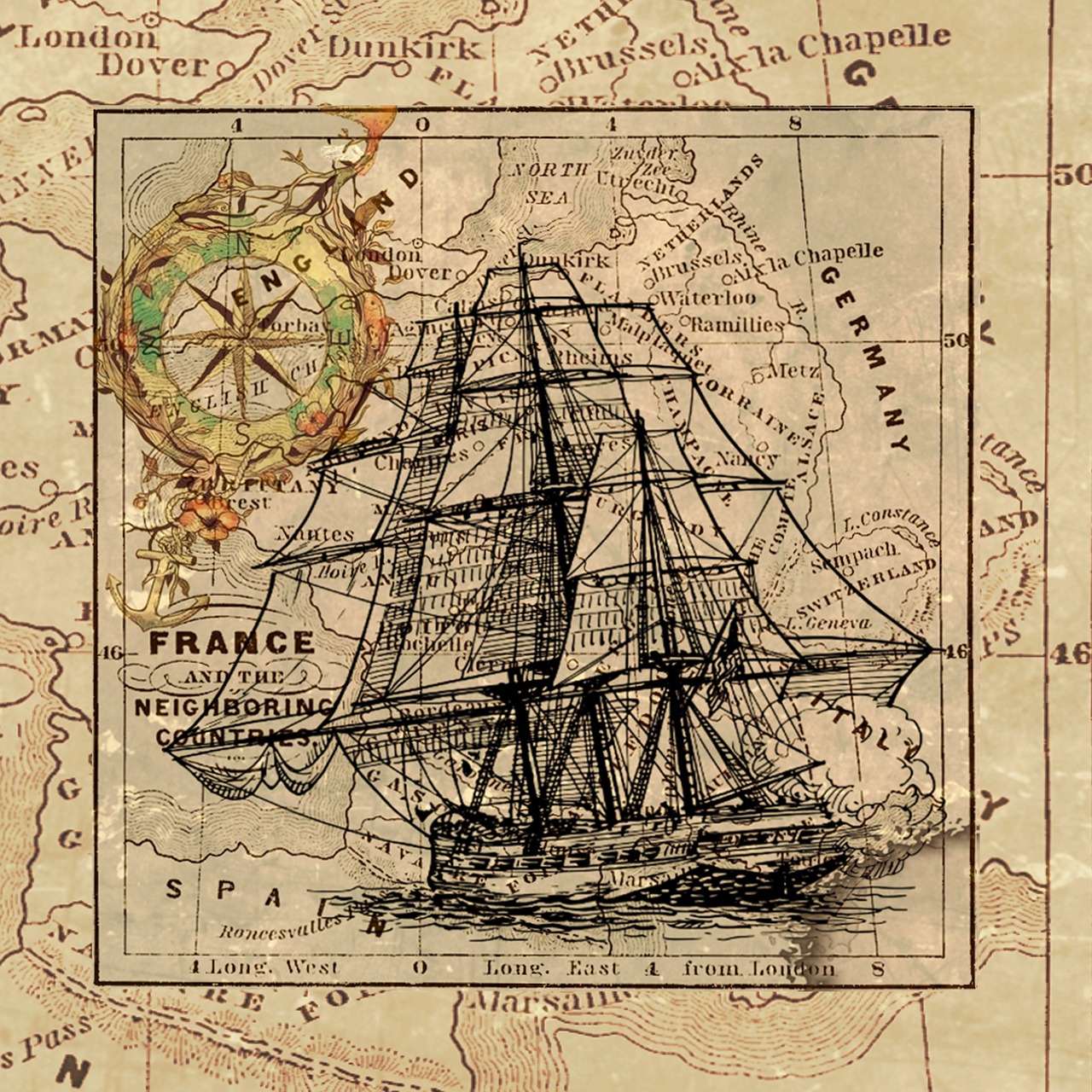
. . . and one day Columbus armed three caravels and left for a long journey. . .
That departure, in July 1492, it is appropriate to say, put into turmoil this and the other world. Animals and plants, which had lived for millions of years in total geographic isolation, came to be in direct contact with each other: in many cases more or less circumscribed ecological disasters arose, none of which was immediately recognized as to be able to put some prompt remedy. Animals of the New World disappeared due to the introduction of predators from the Old Continent, plants coming from the New were able to defeat elements of the original Mediterranean forest because they had been made invasive by the absence of parasites able to contain them. In short, this “discovery” also cost victims (and not only between plants and animals, alas), but meant, for the Mediterranean populations, who for millennia had continued to eat cabbage, grains, chickpeas and “cicerchie” (Lathyrus sativus), a leap in quality from the point of view of food.
Needless to enlist the plants coming from the other side of the Atlantic and their organoleptic properties because the history of tomatoes of corn and potatoes, which became emblems of as many food regimes that characterize the diet of the Mediterranean Southern lands, Northern Italy and Germany is history too known to be repeated.
Instead, let us emphasize how the change in the diet has meant a major change in the agricultural landscape. Areas little exploited by agriculture such as coastal, sandy, drought-packed ones, with high salt content, began to produce tomatoes, melons, watermelons, plants that brought salts and vitamins to diets with still lacking nutritional power.
But if the same cultivation tools could be used for the new crops, for the consumption and conservation they had to invent new techniques and new implements.

But “food revolutions” did not come only from the New World. In the Middle Ages, rice and its cultivation were introduced in Italy. Rice is a very ancient cultivation plant, whose origins date back to 3000 BC. in China or more likely in the Indochinese peninsula. The name Oryza is of Indo-European origin. Since ancient times, rice has been the basis of the diet of the peoples of the Far East and of India. Started around Pavia and maintained as a monopoly by the grand-ducal family of Milan, the cultivation of this cereal later spread to other regions. Today rice is grown mainly in the area between Pavia and Vercelli and in the Oristano area.
Rice fields have a permanent nature, remaining flooded for most of the year, or in the same area a crop is harvested early (e.g. wheat, whose harvest takes place in the second half of June), followed by submersion and planting of rice seedlings, which give the harvest by October.
From the naturalistic point of view, the permanent rice paddies constitute ecological niches of great interest, which reproduce characteristic aspects of the tropical and subtropical regions.
We cannot close our short excursus among the plants that are now part of our food culture without mentioning Citrus, which includes among its species lemon and orange.
Long and varied is the history of each of these essences; we will remember only that cedar, coming from the south of the Himalayas together with lemon, was known to the Greeks and Latins in the 1st century AD. and its introduction in Italy dates back to the fourth century. Only later the Arabs extended the cultivation of lemon to Egypt and Palestine, from which it was then reintroduced in Italy and Sicily by the Crusaders after the year 1000.

Orange, for a long time, was known only in its bitter variety. Only in the fifteenth century the Arabs spread Sweet Orange in northern Africa and in Spain.
Mandarin oranges however, even if known in Asia for millennia, were introduced in Europe only around 1840. Like oranges, they were for a long time fruits reserved as desserts to the more well-to-do classes.
From the mid-800s, however, the cultivation of citrus fruit has definitely been inserted not only in the agricultural landscape of the Mediterranean coasts, but also in that of parks and gardens. The citrus fruits have not only excellent organoleptic and nutritional qualities, but they are also beautiful plants that find space in all the villas overlooking our beautiful Mediterranean.
Credits:
Author: Anna Lacci is a scientific popularizer and expert in environmental education and sustainability and in territory teaching. She is the author of documentaries and naturalistic books, notebooks and interdisciplinary teaching aids and multimedia information materials.
Translation by Maria Antonietta Sessa



